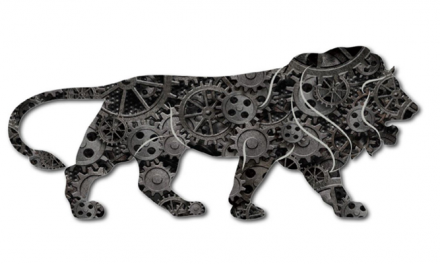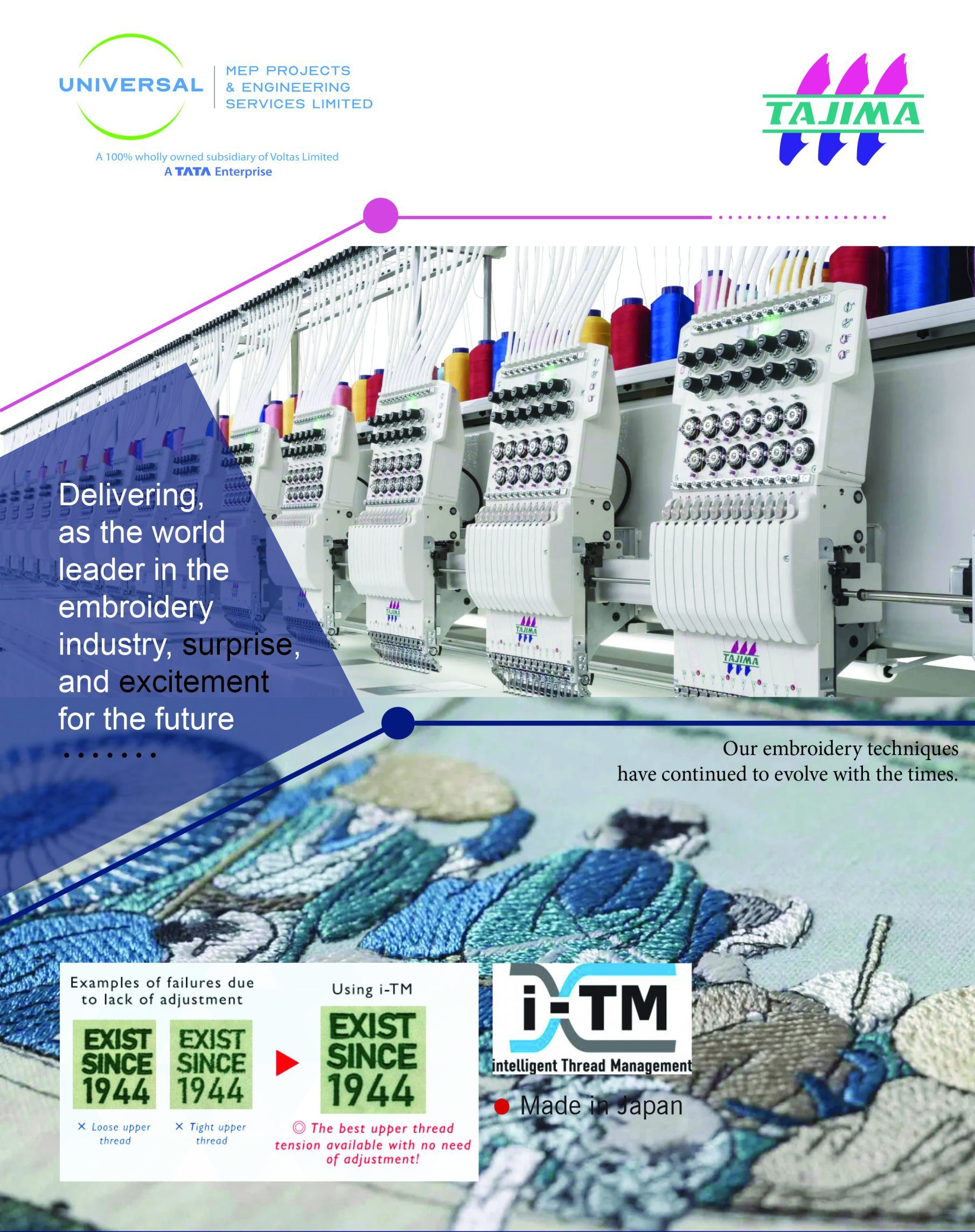
Garment Industry: Overcoming Supply Chain Volatility and Uncertainty in 2024
The garment manufacturing industry is dealing with a complex landscape of supply chain challenges. Moving forward in 2024, garment manufacturers still face heightened pressures due to current and past global economic shifts, sustainability demands, and rapid technological advancements.
Understanding Supply Chain in Garment Manufacturing
In garment manufacturing the supply chains are complex networks involving various parties such as machine manufacturers, raw material suppliers, manufacturers, logistics providers, and retailers. Therefore, effective management of these supply chains is essential to ensure timely production, cost-efficiency, and product quality. However, the industry faces numerous challenges that could disrupt these processes.
Major Supply Chain Challenges in 2024
The biggest challenge of 2024 for garment manufacturers is uncertainty. The economic and political situation stays unpredictable, making it a key challenge. According to a McKinsey survey 73 percent of chief procurement officers expect consumer volatility, meaning consumers changing their pattern of purchase especially due to COVID-19, to be one of the top challenges to affect supplier relationships in the textile and garment industry over the next five years. Garment factories that have worked at full capacity in 2021 had to reduce their production and have been operating at 30 to 40 percent below capacity in 2023. And, manufacturing experts see a possible improvement for factories at the earliest in the third quarter of 2024.
With reducing costs being one of the most critical improvement priorities for this year, price and margin pressures have become a key challenge in the industry as well. The consumer volatility has led to significant disruptions for apparel suppliers and garment manufacturers, resulting in stark declines in factory utilization, widespread layoffs, and delayed investments. Now they cannot meet the new consumer demands. This so-called “bullwhip effect” reached the textile and garment industry in 2020 and 2021 due to disruptions of the pandemic and led to products arriving late and retailers trying to overcompensate for inventory shortages by ordering too much stock. However, the post-pandemic inflation and economic uncertainty in the second half of 2022 made consumers more cautious in their behavior. The result: Billions of dollars in unsold goods and many orders for the upcoming 2023 season being reduced or even canceled. This also had a major impact on upstream suppliers, with fabric exports dropping nearly 20 percent in the last quarter of 2022 and yarn exports dropping by 40 percent in the first quarter of 2023. Smaller garment manufacturers with limited resources were affected the most. About 30 percent of garment factories in countries like Pakistan, Sri Lanka, and Vietnam had to close.
Environmental and sustainable consciousness has been one of the top global consumer trends in recent years, also putting sustainability pressures on the textile and garment industry. People are paying more attention to environmental, social, and governance (ESG) issues, leading to changes in how goods are produced. Supply chains now have to align with the new environmental demands as a corporate social responsibility and business imperative. New international laws are being made to reduce pollution in the production and transportation of goods worldwide. 0041nd, laws on manufacturing practices are becoming tougher each year. For example, did the United States ban goods from Xinjiang, China, due to concerns over forced labor. Norway and Germany passed new laws holding companies more responsible for human rights abuses in their supply chains.
Rising costs due to inflation, increasing labor costs, higher prices for raw materials, and peaking transportation expenses are significantly reducing profit margins for garment manufacturers, making it difficult for them to remain competitive. New technological integrations are necessary and can help garment factories but they are costly. Manufacturers have no way around investing in IoT, Artificial Intelligence, or blockchain technologies to stay relevant. Consumers also demand speed and customization, driven by the rise of personalized products and – still – of fast fashion. This requires flexible and responsive supply chains.
Additionally, the workforce is aging, leading to labor shortages and a lack of skilled laborin key manufacturing regions. This is impacting the production capacity and quality. For example, in Vietnam competition for qualified labor is intensifying, with suppliers to Apple, Lego, and the automotive industry attracting former textile workers or younger workers. Production timelines in garment manufacturing are now longer due to hiring and training new employees.
Overcoming the Supply Chain Challenges
To overcome these challenges, garment manufacturers have to build a multi faceted strategy. Only like that, they can stay relevant and competitive.
• Supplier Diversification: Developing a varied supplier base across different regions can help reduce the risks linked to regional disruptions. Establishing strategic partnerships with crucial suppliers, including tier two, three, and four partners, can offer the supplier the funds to invest in operational and sustainable enhancements within its facilities.
• Sustainability Initiatives: It is crucial to implement sustainable practices throughout the supply chain, from raw material sourcing to manufacturing and distribution. This also includes using renewable energy, reducing waste through recycling/upcycling, and adopting eco-friendly materials. Additionally, investing in new technologies can help improve sustainable practices along the garment production line and the enhances transparency ensures compliance with sustainability standards.
• Cost Management: Optimizing operational efficiency and reducing costs through automation and lean manufacturing practices is essential. Investing in automation technologies and advanced manufacturing machinery and systems can help achieve this. Additionally, waste can be minimized and efficiency improved.
• Adoption of Digital Technologies: Integrating digital technologies enhances supply chain visibility, efficiency, and responsiveness. IoT devices for real-time tracking, data analytics and forecasting, blockchain for secure transactions, and AI for improving garment production efficiency and productivity are key strategies. Digital transformation is seen as essential to meet customer expectations, increase sales, improve efficiency, and capture new business opportunities. Companies focus on the digitalization of garment manufacturing and end-to-end supply chains to remain competitive in the ever-changing landscape of the textile and garment industry.
• Agile Manufacturing: Flexible garment manufacturing processes that can quickly adapt to changes in demand and customization requirements are crucial. One main solution is the adoption of modular production lines that can be reconfigured easily. Other solutions include using digital design and prototyping tools to speed up product development.
• Workforce Development: Investing in workforce training and development programs can address labor shortages. This includes partnering with educational institutions for training programs, offering apprenticeships, and providing ongoing education and skill development opportunities for employees.
• Enhanced Collaboration: Encouraging cooperation among supply chain stakeholders to enhance communication and coordination is an optimal strategic step. For example, leveraging digital platforms for real-time collaboration, forming joint ventures, and engaging in industry consortia to exchange best practices and resources can lead to major positive impacts. The enhanced transparency and communication among all stakeholders in the supply chain improves information-sharing and joint demand forecasting. According to a survey by McKinsey, 70 percent of Chief Procurement Officers believe that improving demand transparency with suppliers through systems and processes can be very helpful when dealing with market uncertainties.
Current Industry Case Studies
• H&M: The Swedish clothing company H&M has diversified its supplier base to garment manufacturers from different regions, reducing dependency on a single market. This strategy has helped to company to mitigate the risks associated with regional disruptions and therefore maintain a stable supply chain.
• Nike: The American athletic footwear and apparel company Nike has adopted sustainable practices across its supply chain, promising to reduce its environmental footprint. This includes using recycled materials and renewable energy. The strategy has improved Nike’s brand image, complying with regulations, and also reduced production costs in the long term.
• Zara: The Spanish fast-fashion retailer implemented agile manufacturing techniques, including modular production lines and digital design tools, to be able to respond to changing fashion trends quickly. This has helped the company to stay on a competitive edge in the fashion industry.
Conclusion
The garment manufacturing industry is and will face numerous supply chain challenges in 2024 and in the upcoming years. By strategically adopting several solutions, garment manufacturers can overcome these challenges and thrive in the textile and garment industry. This will help factories to improve their efficiency and reliance, and will also support them in meeting the evolving industry demands, standards, and regulations. In the year ahead, brands and manufacturers should place a bigger emphasis on making their supply chains more resilient to mitigate future risks. Digital transformation, transparency, enhanced collaborations with different stakeholders, and agile manufacturing will aid in navigating through the supply challenges. If you want to partner with an industry expert in the textile and garment industry to overcome these challenges, contact us now. OSHIMA is a longstanding industry player with experience of over five decades. Collaborating with international brands, global partners and clients, we bring in the missing expertise your garment factory may need to stay competitive.
{Contributed by Oshima Apparel Machinery (Taiwan)}
















